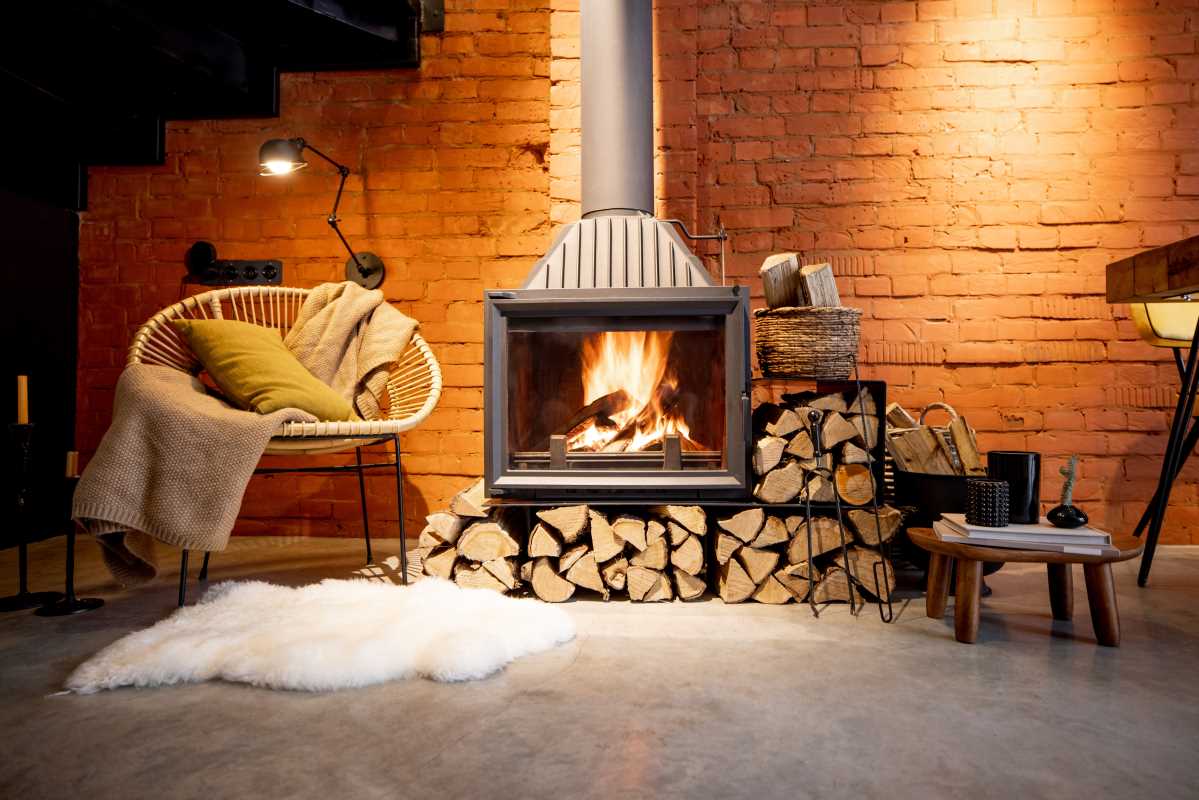Shared spaces in cohousing communities come alive when they echo the unique interests and styles of the residents. When neighbors add their favorite colors, cherished artwork, and comfortable furniture to common areas, a welcoming atmosphere grows naturally. These personal touches invite conversation and create a sense of belonging that helps friendships start and grow. As residents shape activity zones and decorations to reflect what matters to them, once-empty rooms become lively gathering spots filled with personality. This approach brings warmth to every corner and encourages people to connect over hobbies and stories, turning shared spaces into true community hubs.
From cozy indoor lounges to leafy courtyard retreats, each spot holds potential for unique touches. Ahead, you’ll find practical ideas and inspiring examples that guide you through customizing design elements, art displays, outdoor seating, community events, and eco-friendly details. Whether you’re planning a new cohousing project or refreshing your existing space, you’ll discover actionable tips suited to any budget and skill level.
Designing Shared Gathering Areas
Custom layouts establish the foundation for communal comfort. Thoughtful furniture arrangements encourage interaction, while adaptable pieces let residents adjust spaces for movie nights, potlucks, or quiet reading sessions. Look for modular seating that users can reconfigure on the fly, and choose tables with extendable leaves to accommodate gatherings of different sizes.
Colors and lighting matter as much as furnishings. Soft, warm tones on walls make conversations feel cozier, and dimmable fixtures let groups tailor brightness to their needs. If your budget allows, install smart bulbs that shift hues for game nights or mellow evenings. Incorporate acoustic panels upholstered in vibrant fabrics to keep noise in check when the room bustles.
- Arrange seating in small clusters to support intimate chats.
- Mix lounge chairs with firm benches to suit various preferences.
- Include low tables for board games alongside high counters for quick coffee breaks.
- Add rolling carts stocked with blankets, board games, and mobile chargers.
- Select washable slipcovers so neighbors can update colors seasonally.
Adding Personal Art and Décor
Every community home tells a story through its walls. Invite residents to contribute original paintings, photographs, or woven textiles. Rotate displays every month to highlight different creators and maintain visual interest. A simple gallery rail or clip system allows people to swap pieces without damaging paint or frames.
If you’d like a collaborative art project, consider a giant chalkboard wall or magnetic board where anyone can doodle, post polaroids, or pin favorite recipes. These evolving installations spark creativity, capture memories, and remind neighbors of the lively spirit within the space. Personal tokens like plants propagated by different households also lend a living, ever-changing quality to the decor.
Customizing Outdoor Common Spaces
Outdoor areas provide a chance to blend landscaping with functional design. When residents pitch in, these green spots become personalized extensions of indoor living rooms. Start by sketching zones for lounging, gardening, and play. Then work from basic elements like seating, paths, and planting beds.
- Define a central seating cluster using reclaimed wood benches or weather-resistant wicker sets.
- Install raised planter boxes painted in residents’ favorite hues for herbs, veggies, or flowers.
- Create winding gravel or stepping-stone walkways to guide foot traffic and add visual intrigue.
- Hang string lights or solar lanterns along fences and pergolas for evening gatherings.
- Incorporate a fire pit or chiminea where neighbors can roast marshmallows or warm up on cool nights.
Encourage each household to adopt a section of the garden, so they feel invested in upkeep and design. Neighbors can sign up for watering schedules, seasonal planting events, or weekend potlucks in the yard. Small group efforts keep the space lively and strengthen shared pride.
Building Community Connections
Shared areas shine brightest when people use them to build relationships. Schedule recurring events like potluck dinners, weekend workshops, or movie screenings. Let different households take turns organizing themes—one month could feature classic films, while the next highlights homemade pizza nights. Casual game nights or book swaps also open doors for newcomers to join the group.
Online platforms help streamline communication about space reservations or event calendars. Residents might bond over planning committees and volunteer teams for decorating or maintenance days.
Adding Eco-Friendly Features and Green Practices
Modern cohousing developments often prioritize environmentally conscious practices. Encourage residents to use reclaimed materials—old doors become dining tables, shipping pallets turn into planter walls, and salvaged timber frames outdoor benches. These projects cut down on waste and give each item a unique character.
Water-saving fixtures in kitchenettes, rain barrels for garden irrigation, and solar chargers for shared devices reduce resource consumption. Residents can team up to install a small rooftop garden or composting system in a corner of the courtyard. Sharing responsibilities for these features builds pride in the community’s environmental impact.
Personal touches like thoughtful layouts, resident art, outdoor spaces, and social activities make shared places feel welcoming and authentic. These elements strengthen bonds and encourage everyone to gather together.
 (Image via
(Image via





